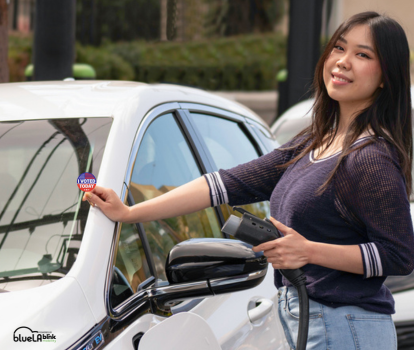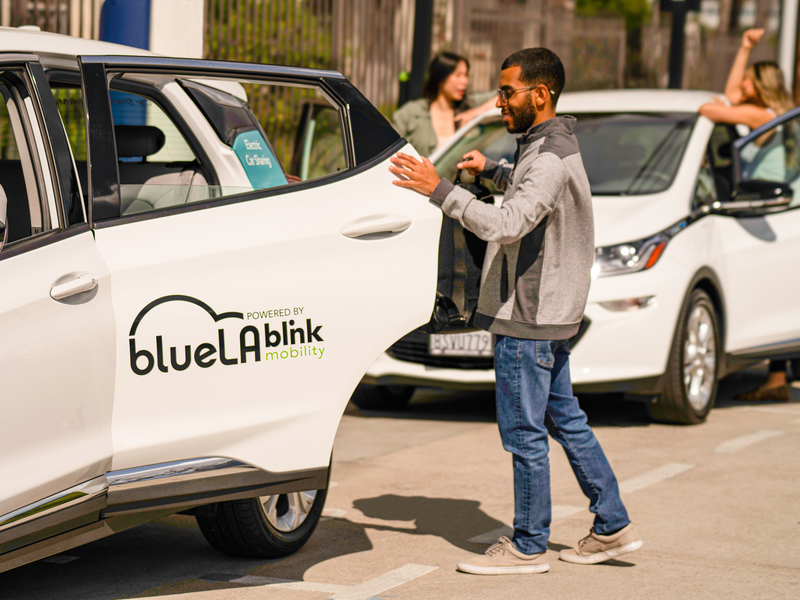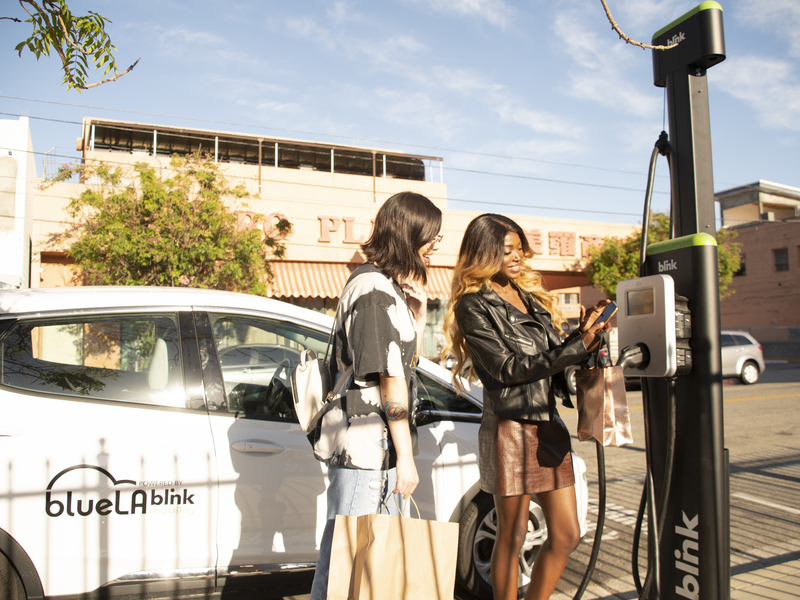The Rideshare Market is gaining traction and has nowhere to go but up in 2021. With prices skyrocketing and salaries well behind the times, the sharing economy was becoming popular even before Covid-19. With the pandemic’s economic impact, even more people will take advantage of car sharing.
What is Ridesharing?
Ridesharing or car-sharing is a type of car rental for those who want to use a car for a few hours instead of a few days or more. It’s most popular with those who don’t own a car and need to make an occasional trip, or even commute daily. Car share members pay only for how long they have the car, and for distance traveled. Another advantage is that cars are usually parked in lots in convenient locations across a city, so the car can be picked up or dropped off at any time of day or night, and not just during business hours.
Why Rideshare
According to Cision PR newswire, “The Ridesharing Market was valued at $73 billion in 2019 and is expected to reach $218 billion by 2025, good for a compound annual growth rate (CAGR) of nearly 20% over the forecast period.” As the need for less expensive options increases, so will the ridesharing market, which already accounts for 5% of passenger traffic.
Also influencing the popularity of ridesharing are other reasons that have been problems for decades, such as crippling traffic, a shortage in parking, an increasing population, and car prices the current generation is unable to meet. States also are offering incentives to go green and air quality standards are on the rise.
Life without owning a car can be scary a prospect at first for some drivers, but there would rarely be a time a driver needs a car and can’t get one right away through a rideshare company. Many pocket-draining expenditures car owners are required to make don’t apply to rideshares. The initial purchase price, which causes many drivers sticker shock, is avoided, as is the cost of insurance and regular maintenance like oil changing and brake repair. Vehicles are charged up and ready to go when the driver arrives, who simply leaves the car in the closest lot owned by the rideshare company when they have finished with the car.
Rideshare companies are on the rise, but finding environmentally friendly ones is harder.
What is Blink Mobility?
Blink is a leading owner/operator of electric vehicle charging stations, with chargers deployed around the world. Blink designs, manufactures and deploys charging stations. Together with their clients, Blink is building a greener future.
Blink already has installed 23,000 chargers worldwide and continues installing more every day. In fact, Blink deployed 582 units in the first quarter of 2020, including the 1,000th-second generation charger!
Blink’s exclusive network is growing, with over 180,000 members across the globe. The Blink Network enables businesses to determine operating hours for their charger, set controls on who can use it, control the charger remotely, and charge for electricity used.
Blink’s R&D team continues to, providing customers with the newest, most powerful, and innovative products.
In that spirit of innovation, Blink Mobility is a 100% electric car-sharing service and part of the City of Los Angeles’s mobility solutions. Blink Mobility is available to anyone over 18 years of age with a valid driver’s license. Members have access to a network of shared electric vehicles 24-hours a day, 7 days a week, at self-service locations throughout central Los Angeles.
Recommend for You
Stay Informed
Join our mailing list for hot news and company updates.







